Tom's Hardware Verdict
A fun device which adds more features to the Flipper Zero. Sure it can be used standalone, but you’ll get the best experience by using Flipper Zero.
Pros
- +
Very easy to use
- +
Works with MicroPython, C and Flipper Zero
- +
Can be used standalone
- +
Easy to hack
Cons
- -
$49 for a Pico
- -
Needs a Flipper Zero to be feature complete
Why you can trust Tom's Hardware
Flipper Zero is a "portable multi-tool device for geeks”. If you are into cyber security, as a hobby or as a career, then its abilities and apps will give you the tools to audit your devices, and those of your clients. With the base device one can read RFID, NFC and many other sub 1 GHz radio devices. Bluetooth and Infrared and are also well catered to, along with a basic GPIO which is compatible with the Raspberry Pi and Arduino type boards.
The new Video Game Module, a $49 add-on for the Flipper Zero brings DVI-D output, accelerometer, gyroscope and a few GPIO pins. But most interesting of all is that inside the module is an RP2040, the brains of the Raspberry Pi Pico.
The module is designed for use in creating your own video games via a custom game engine. We can output our games to the big screen, and control them using the built-in sensor. If you’ve not bought into the Flipper Zero ecosystem then the module can also be used as a standalone unit.
Is it any good and what can we do with it? The only way to find out is to put it on the bench.
Video Game Module Specifications
| Microcontroller | Raspberry Pi RP2040. Dual-core ARM Cortex-M0+ processor, clock running up to 133 MHz. | Row 0 - Cell 2 |
| RAM | 264KB SRAM | Row 1 - Cell 2 |
| Sensor | TDK ICM-42688-P is a 6-axis MEMS motion-tracking sensor (IMU). | Row 2 - Cell 2 |
| GPIO | 11 x User configurable GPIO pins 1 x 3.3 Volts 2 x GND | Row 3 - Cell 2 |
| Ports | USB type C for power and data Video out via DVI-D (640 x 480 at 60 Hz) | Row 4 - Cell 2 |
| Buttons | Boot and Reset for firmware flashing | Row 5 - Cell 2 |
Video Game Module Design
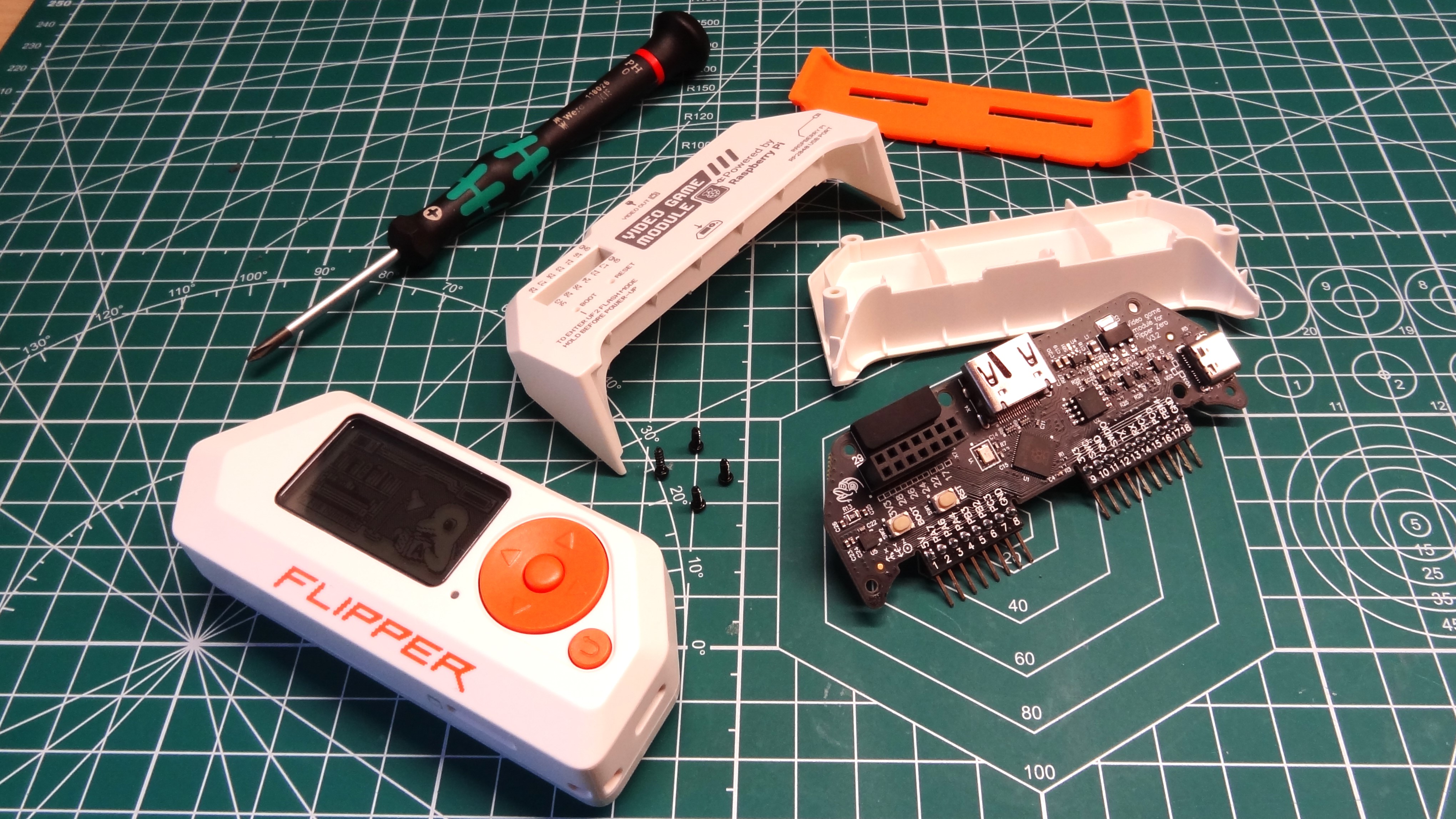
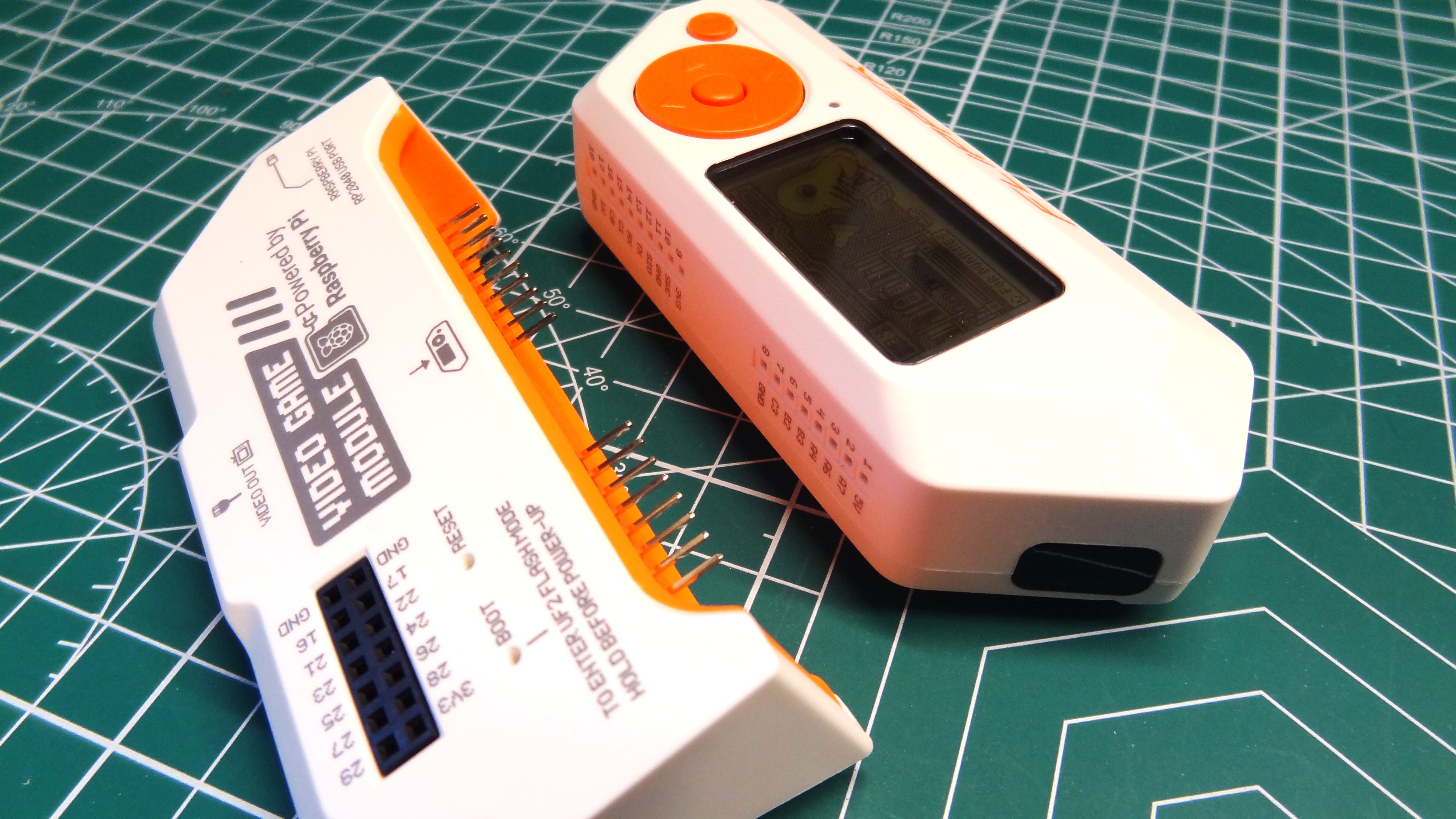

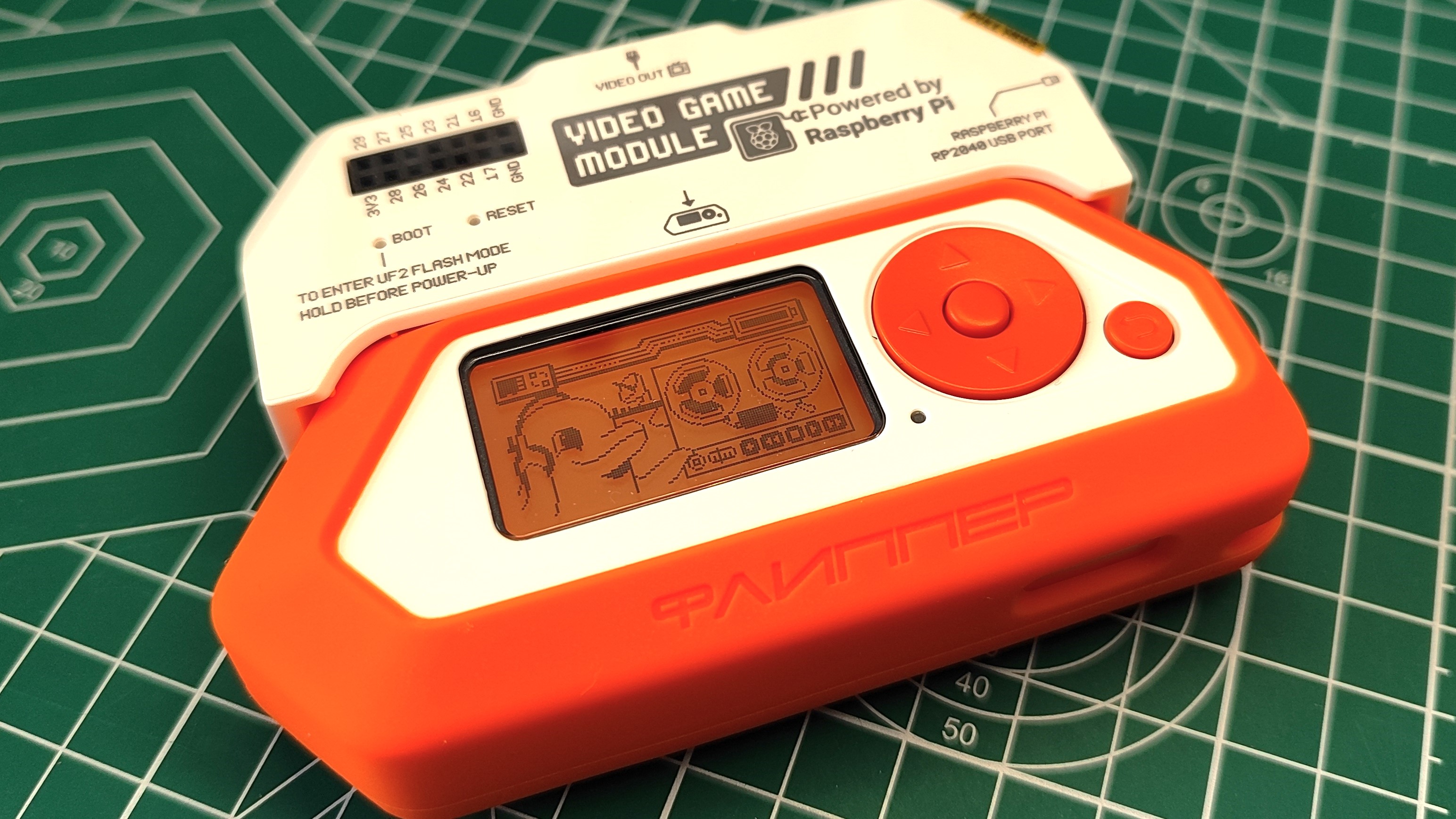
Designed to be easily attached to the GPIO of the Flipper Zero, the Video Game Module is simple to connect. If your Flipper Zero has the silicone bumper, remove the bumper from the module. If not, then leave the module’s bumper in place. When connected to the Flipper Zero, the unit will detect the connection. To get the full benefit of the module ensure that you have updated the firmware using the qFlipper app.
The design matches that of the Flipper Zero, a certain “NERF hacker device” vibe is evident between the devices. There are minimal ports on the module. We have a DVI connection (HDMI but without the license fees) and a USB type C port which is used to power and programme the module when it is not being used with a Flipper Zero.
There are 11 user-accessible GPIO pins, not including a 3.3 Volt pin and two GND connections. Many of these pins pull triple duty as they can also be used for I2C and SPI. Other pins can also be used for UART interfaces and analog input. These ports are accessible via your own MicroPython C++ projects, and via Flipper Zero (if the app supports them).
Get Tom's Hardware's best news and in-depth reviews, straight to your inbox.
Using Video Game Module
We connected to our HDMI capture device and saw the 128 x 64 LCD screen output to our 1440p monitor at 640 x 480. This might not sound like a massive upscale, but the image is clear and easily readable. Using the Flipper Zero app store we loaded Air Arcanoid and learned how to play the game using the onboard accelerometer. It was a little twitchy, requiring us to learn how sensitive the accelerometer is.



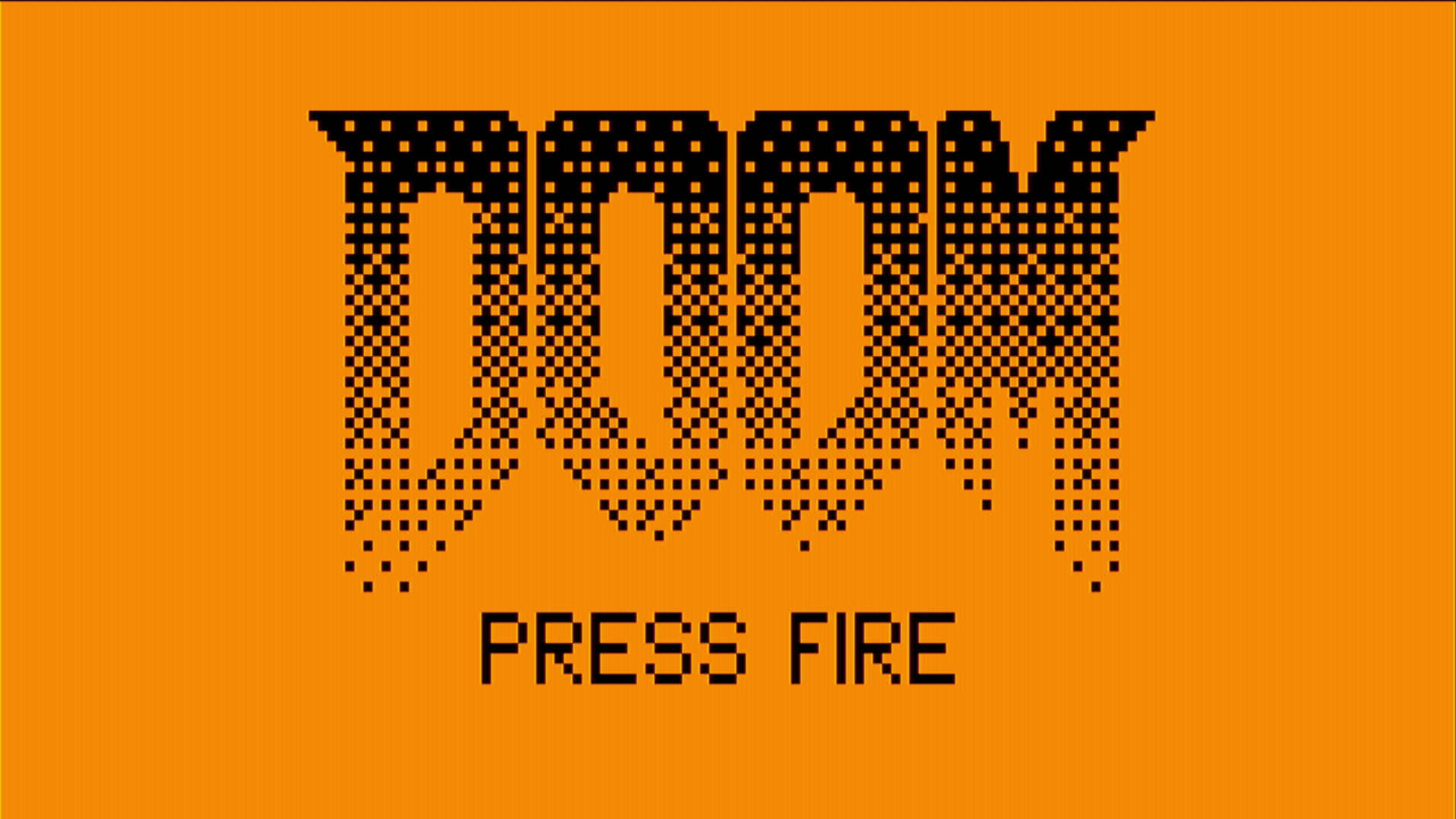

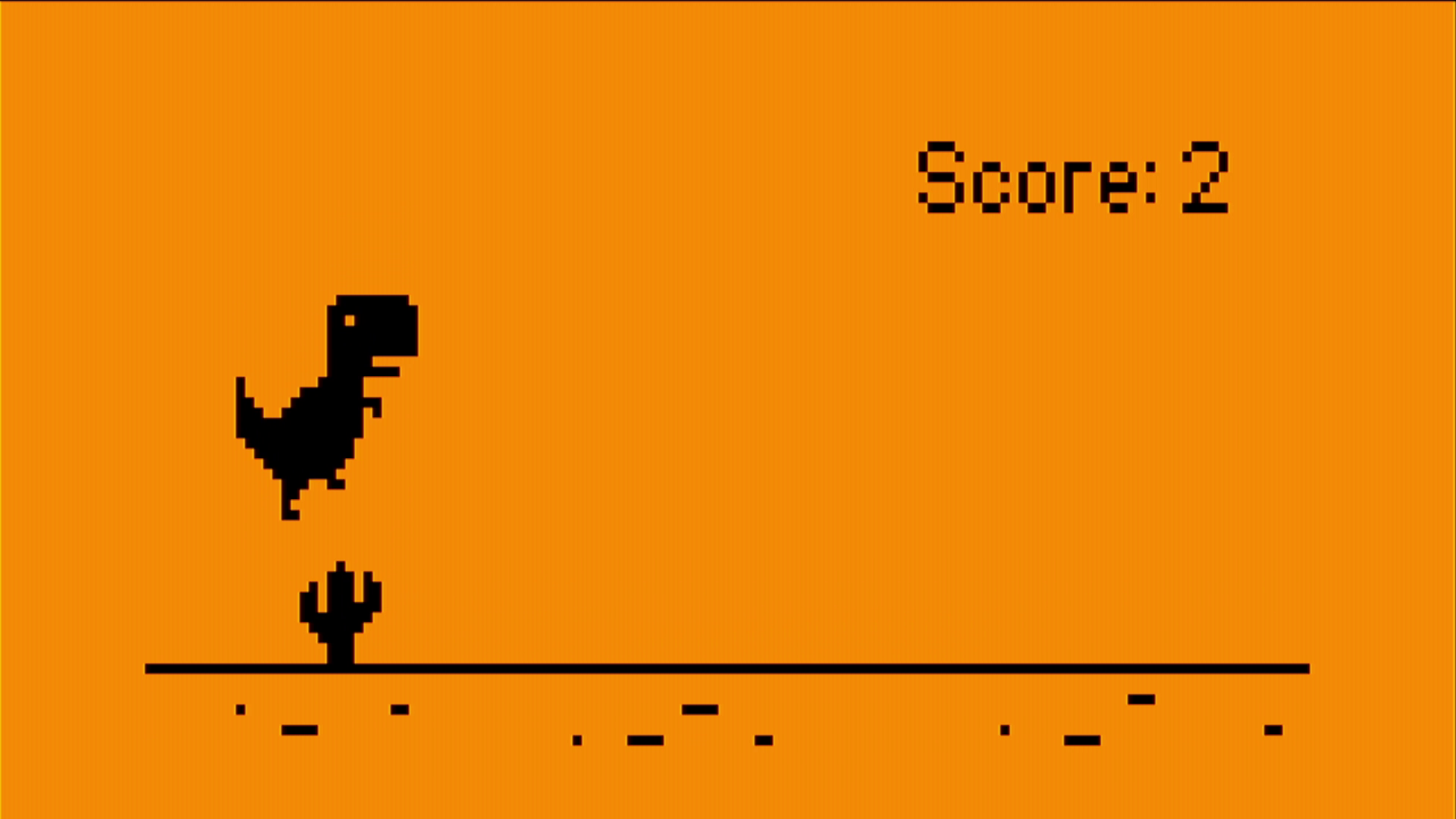

If you want to make your own games, then Flipper Devices has kindly put together a C based game engine, along with a demo game to show you how to do it. Games can be made to use the Flipper Zero and for standalone use.
As a standalone unit, with no Flipper Zero, this is just a Raspberry Pi Pico in a different form factor. We can access the GPIO, and we’re pretty sure that an enterprising hacker could gain access to the HDMI port. Our quick test of Doom for the Raspberry Pi Pico, yes full Doom, did not manage to find the HDMI port. So, some tweaking would be required.
We controlled a GPIO pin to blink an LED using MicroPython, used a potentiometer on an analog pic and then used PWM to fade an LED, no issues.
Is that it? Well, no. In the press release we noted that the Video Game Module was also being used as a basic oscilloscope. With a little investigation we discovered Scoppy, a UF2 firmware and app that turns any Raspberry Pi Pico into a basic oscilloscope. This isn’t a function solely attributed to Flipper’s Video Game Module, but we had to give it a go.
After flashing the module with Scoppy firmware, and loading the app on our Android cellphone we had a working, if basic oscilloscope. To generate some signals we programmed another Raspberry Pi Pico to turn a GPIO pin on and off (square waves) and using PWM to gradually increase and decrease the voltage on a pin (sine waves). The Scoppy oscilloscope picked them up with ease.
Who is Flipper’s Video Game Module For?
The Video Game Module is a nice add-on for those of us who bought into the Flipper Zero. It adds DVI output, an accelerometer / gyroscope sensor and a few GPIO pins. It could prove useful for demonstrating your Flipper Zero hacks to clients via the big screen.
Gesture based triggers for apps could also be fun. In standalone mode it is fun, but in reality it is a Raspberry Pi Pico with a sensor and DVI output. If you want to make general video games, then there are alternative game engines to use, but it could be fun to make games aimed for low spec target machines.
Bottom Line
Flipper’s Video Game Module is fun, if limited. You need to buy into the Flipper Zero ecosystem to make the most of this device. That can be expensive.
We love the ability to display our Flipper apps on the big screen, and for security advisors this could be a big feature for client presentations. The accelerometer / gyroscope is a neat feature. It could be used to trigger apps via gestures, but it is clearly aimed at controlling games, games that you can make using the game engine.

Les Pounder is an associate editor at Tom's Hardware. He is a creative technologist and for seven years has created projects to educate and inspire minds both young and old. He has worked with the Raspberry Pi Foundation to write and deliver their teacher training program "Picademy".


